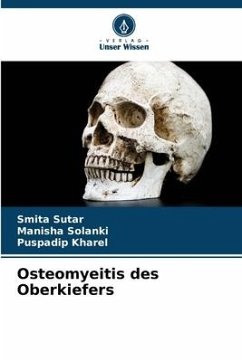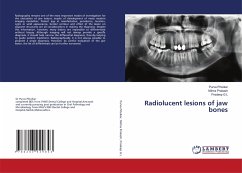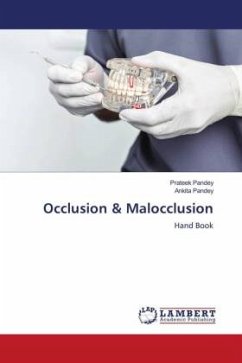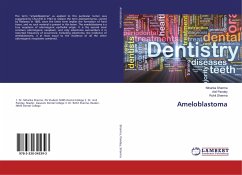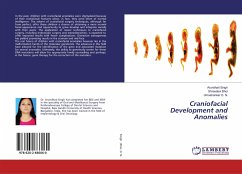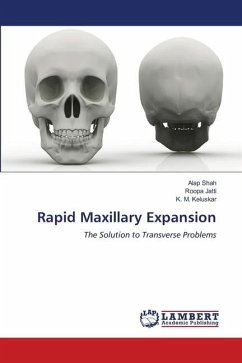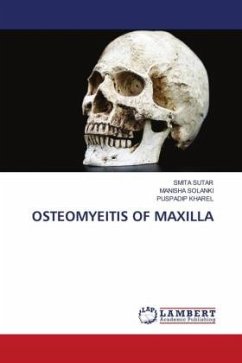
OSTEOMYEITIS OF MAXILLA
Versandkostenfrei!
Versandfertig in 6-10 Tagen
40,99 €
inkl. MwSt.

PAYBACK Punkte
20 °P sammeln!
Osteomyelitis is defined as an inflammation of the bone caused by an infecting organism. The infection may be limited to a single portion of the bone or may involve numerous regions, such as the marrow, cortex, periosteum, and the surrounding soft tissue. Acute and chronic osteomyelitis are much more relevant in the mandible than in maxilla. In the pre-antibiotic era, osteomyelitis of jaw, osteomyelitis of the jaws was a more frequently encountered, many a times, fatal infection in the maxillofacial region. Osteomyelitis affects maxilla less frequently than mandible. This is due to the signifi...
Osteomyelitis is defined as an inflammation of the bone caused by an infecting organism. The infection may be limited to a single portion of the bone or may involve numerous regions, such as the marrow, cortex, periosteum, and the surrounding soft tissue. Acute and chronic osteomyelitis are much more relevant in the mandible than in maxilla. In the pre-antibiotic era, osteomyelitis of jaw, osteomyelitis of the jaws was a more frequently encountered, many a times, fatal infection in the maxillofacial region. Osteomyelitis affects maxilla less frequently than mandible. This is due to the significant collateral blood flow in the midface & the porous nature of membranous maxillary bone. The signs and symptoms are pain in the bone, pus drainage on skin, malaise, fever, fatigue, sweating, weight loss and muscle spasm. Diagnosis of osteomyelitis depends on clinical features, X-Ray findings (bone lucency mixed with patchy sclerosis and adjacent periosteal new bone formation), MRI and conformation of the diagnosis by blood culture and /or culture of a bone aspirate or biopsy.



